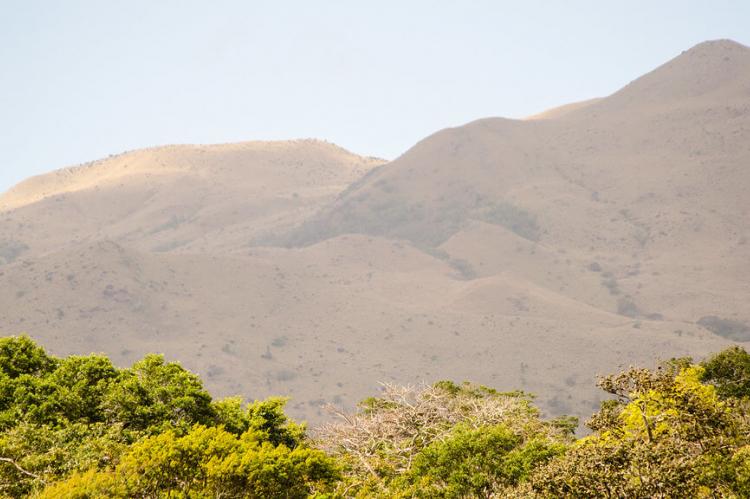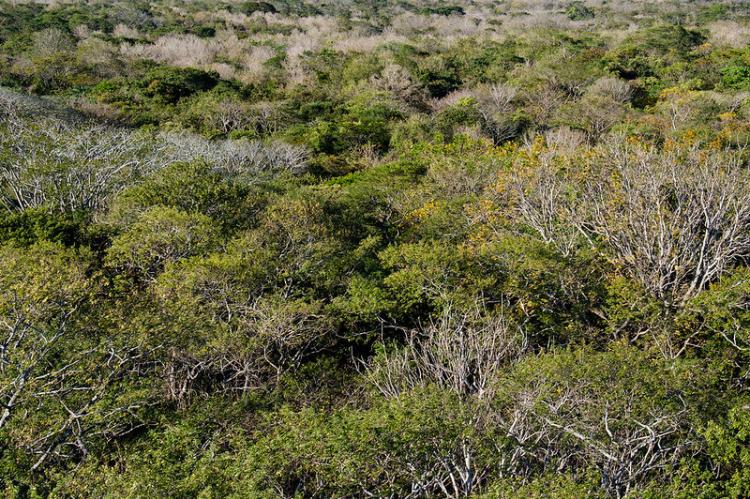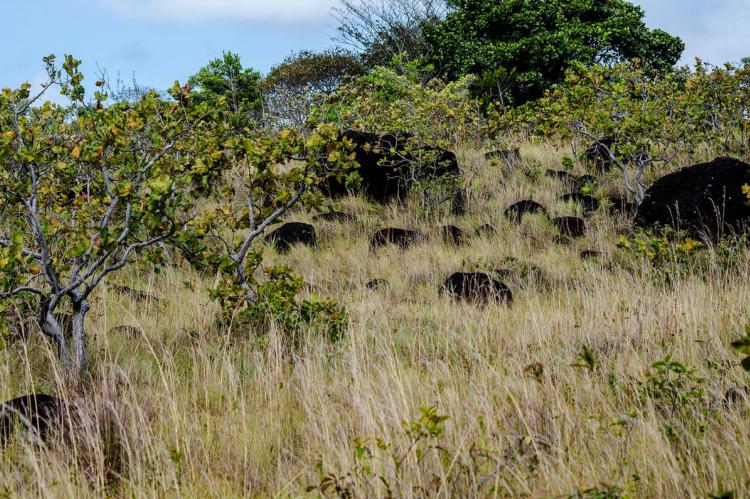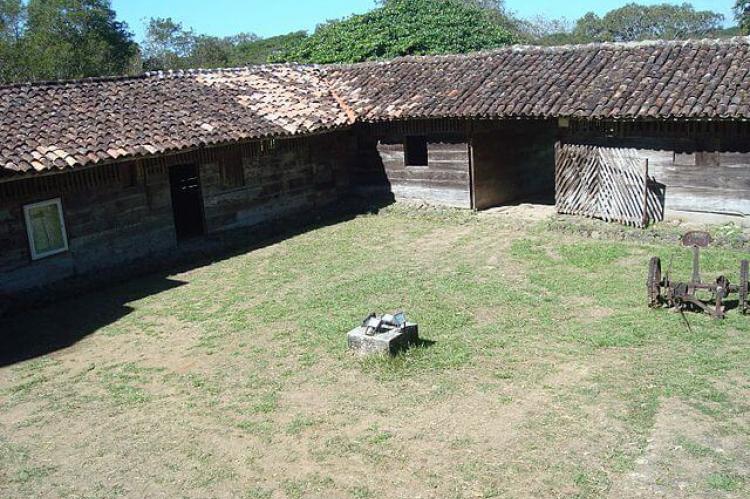Santa Rosa National Park: A Blending of History and Biodiversity
Santa Rosa National Park in Costa Rica protects endangered tropical dry forests, diverse habitats, and various species like monkeys, big cats, and sea turtles. It honors fallen heroes of the Battle of Santa Rosa and connects to Guanacaste National Park, forming a vital biological corridor.
Santa Rosa National Park
A Blending of History and Biodiversity
Santa Rosa National Park, the inaugural national park in Costa Rica, is distinguished as a site of historical significance and a haven for biodiversity. Its genesis traces back to the Battle of Santa Rosa, and today, it stands as a symbol of Costa Rica's dedication to conservation.
Historical Roots
The park's origins are rooted in a former farm in northwestern Guanacaste Province. "La Casona," an old hacienda building within the park, serves as a poignant monument commemorating the heroes of the battles that unfolded on this hallowed ground.
Geographical Overview
Encompassing a vast expanse of 49,515 hectares (122,354 acres), Santa Rosa National Park is strategically located within the larger Guanacaste Conservation Area. This area's inclusion in the Area de Conservación Guanacaste World Heritage Site underscores its global ecological importance.
Connected Conservation
Adjacent to the park lies Guanacaste National Park, which was established in 1989. This linkage aims to create a contiguous corridor connecting the tropical dry forests of Santa Rosa with the cloud forests of Orosi and Cacao volcanoes, reaching across the continental divide to the lush Caribbean rainforests of Northern Costa Rica.
Diverse Habitats
Within Santa Rosa National Park, ten distinct natural habitats coexist harmoniously. These include savannas, deciduous forests, marshlands, and mangrove woodlands. The park's protective embrace extends to the Isthmian-Pacific moist forest ecoregion and moist Pacific Coast mangrove ecoregion.
Faunal Riches
The park's fauna paints a vibrant picture of Costa Rica's biodiversity. Santa Rosa hosts a remarkable array of wildlife, from elusive predators like jaguars and mountain lions to endearing creatures such as Geoffroy's spider monkey and white-headed capuchin.
Sea Turtle Conservation
The park emerges as a crucial player in the conservation of endangered sea turtles, boasting two vital nesting beaches—Naranjo and Nancite. These beaches provide a haven for these majestic creatures, contributing significantly to their preservation.
Conclusion
Santa Rosa National Park is a testament to Costa Rica's commitment to balancing historical preservation and ecological conservation. As the first national park in the country, it encapsulates the nation's journey toward sustainable practices and safeguarding its natural treasures for future generations.




![The Hacienda Santa Rosa in Guanacaste, Costa Rica - by Rodtico21 [CC BY-SA (https://creativecommons.org/licenses/by-sa/4.0)] The Hacienda Santa Rosa in Guanacaste, Costa Rica](/sites/default/files/styles/large/public/hacienda_santa_rosa_opt%20%281%29.jpg?itok=aXDlHWbT)
